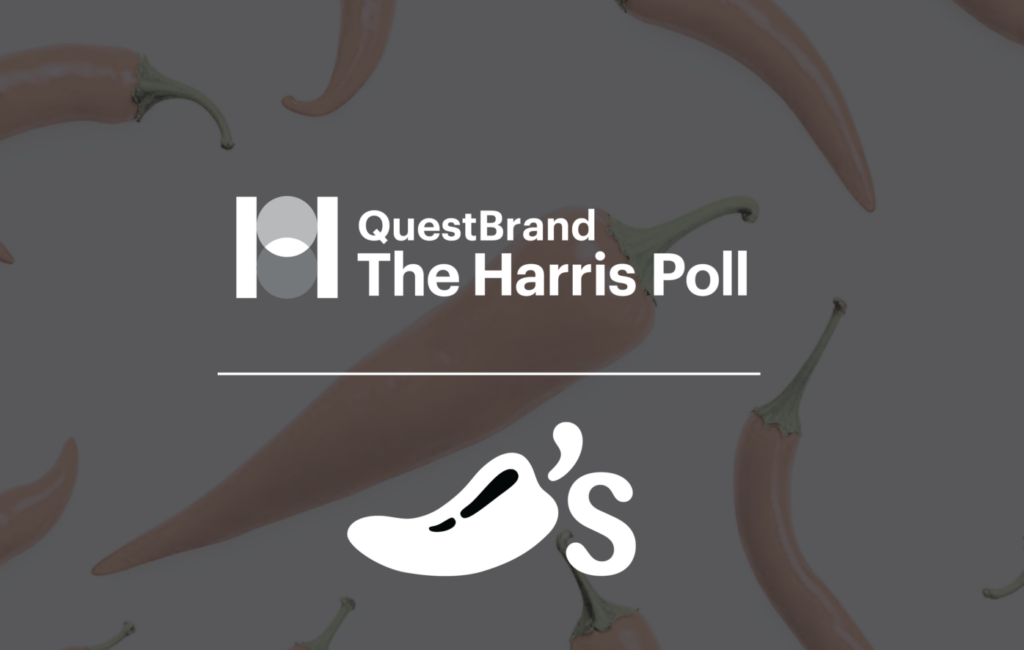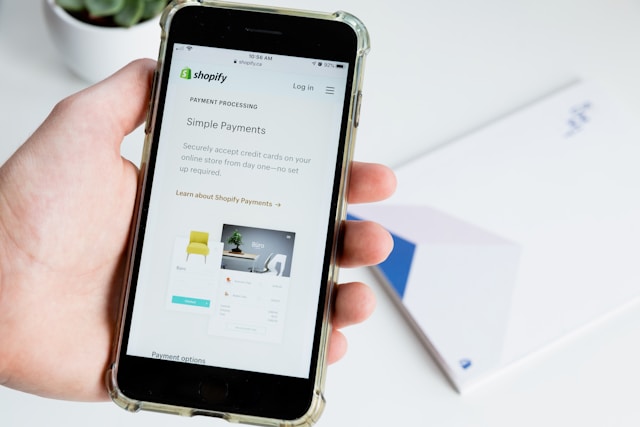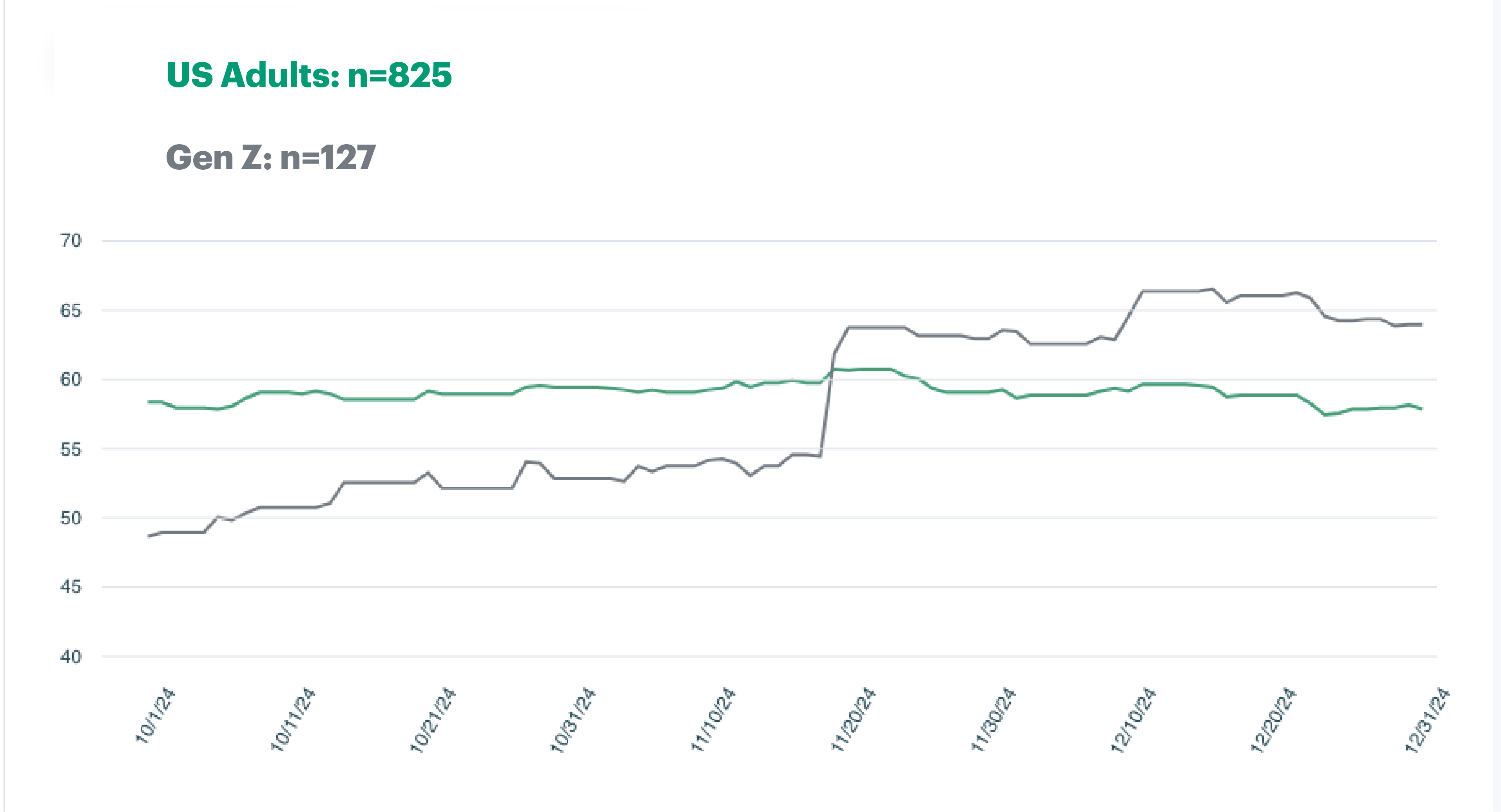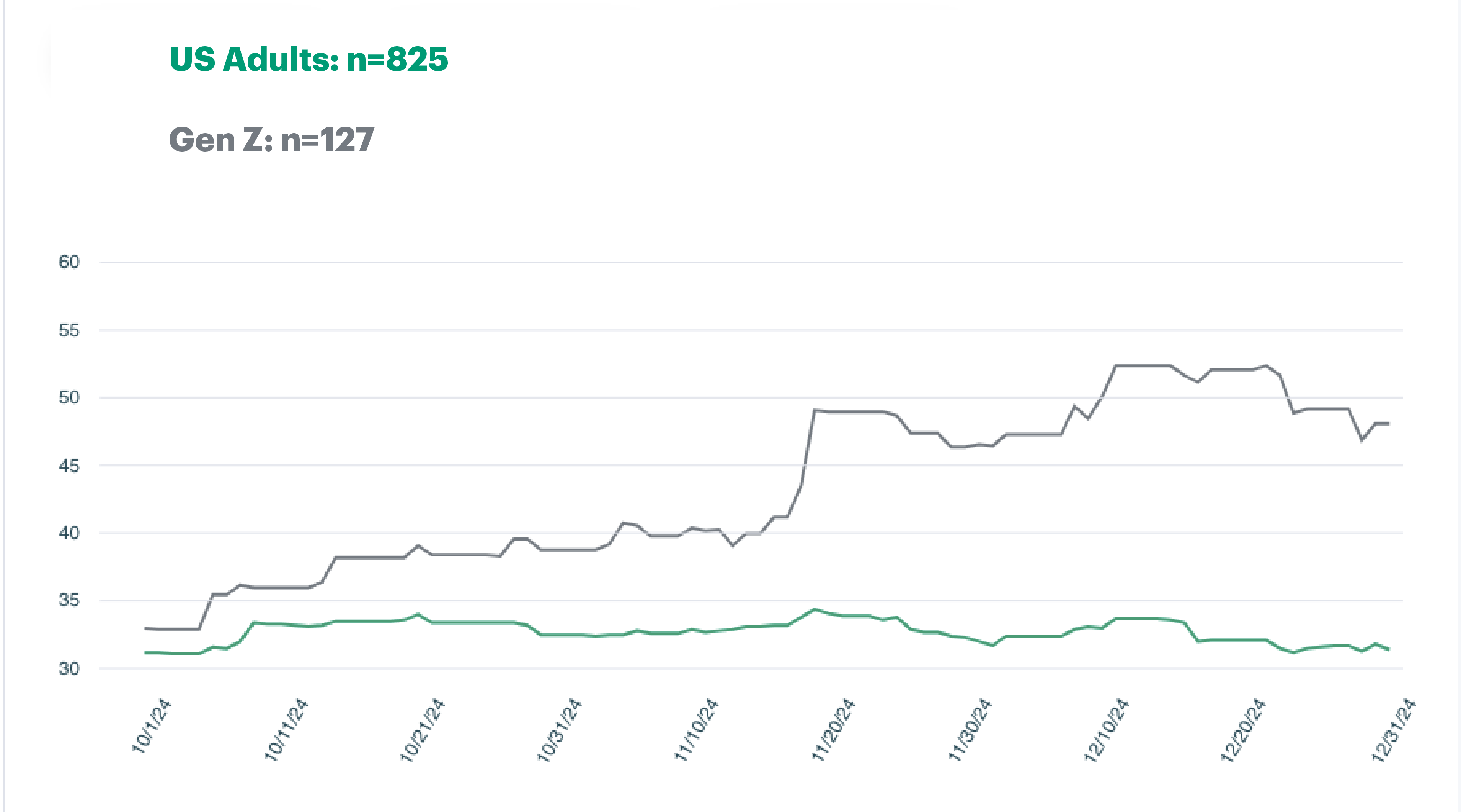Brief • 2 min Read
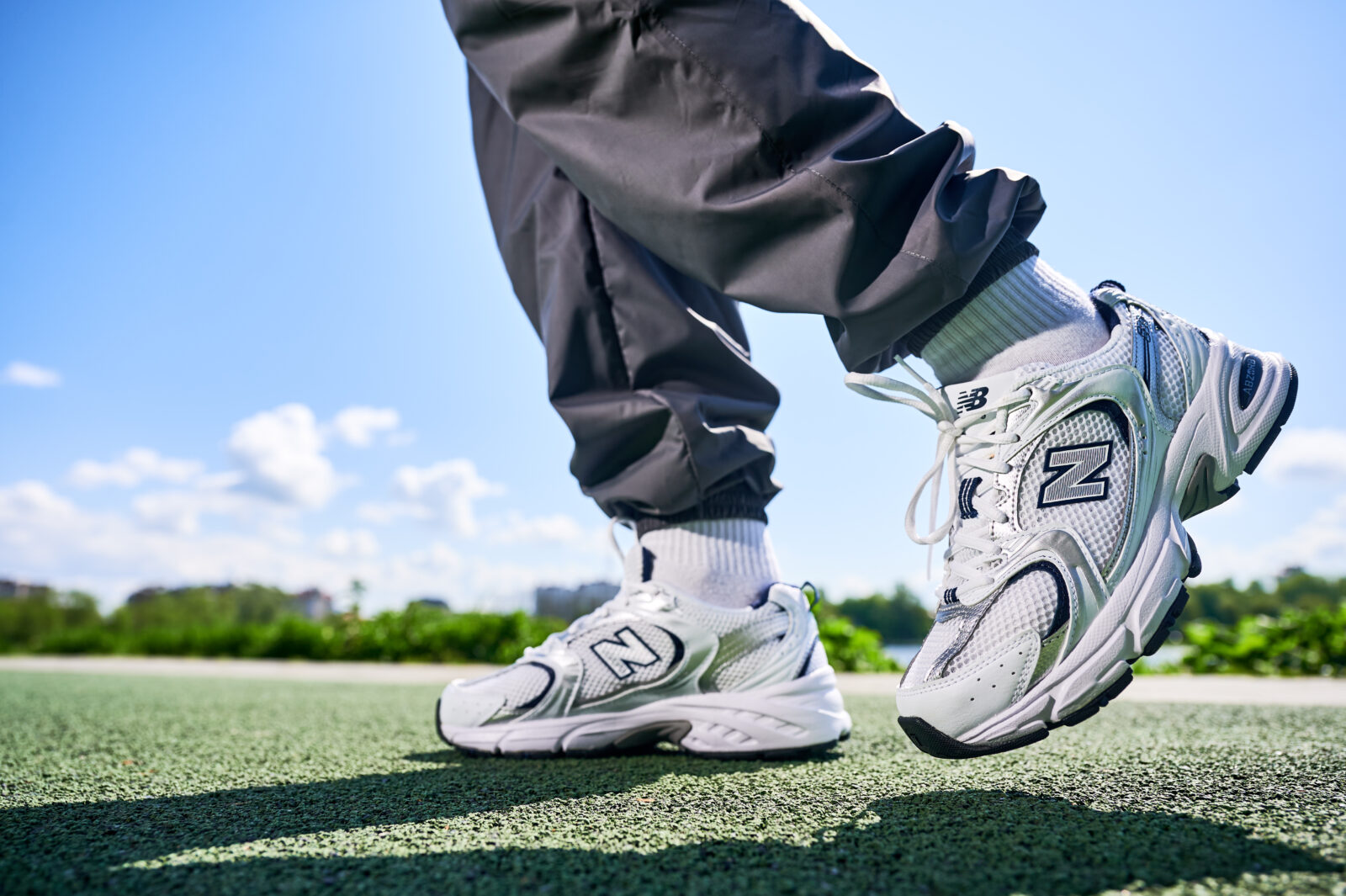
Haven’t you heard? The “dad shoe” is back in style!
Using data from QuestBrand by The Harris Poll, Ad Age released their quarterly Gen Z Brand Tracker in February. This tracker ranks the top 20 brands with quarter-over-quarter brand equity growth among Gen Z adults (ages 18-28). New Balance ranked first on this quarter’s list.
Brand equity measures the value consumers see in a brand at a particular moment of time. It is an average of four components: brand familiarity, perceived quality, purchase consideration, and perceived momentum.
From Q3 to Q4 of 2024, New Balance experienced a significant +18.3% lift in brand equity among Gen Z adults, officially topping the list of brands successfully catching Gen Z’s attention.
New Balance’s Brand Equity – US Adults vs Gen Z Adults – 12 Week Moving Average
So, what’s all the hype about? Slip on your “snoafers” and let’s dive in!
119 Years And Counting
Founded in 1906 by British immigrant William J. Riley, New Balance began in the Boston area as the New Balance Arch Support Company, manufacturing arch supports and other accessories designed to improve shoe fit. As New Balance slowly established itself as a niche business in the 1930s, baseball players and track & field athletes sought the company out for its specialty footwear.
119 years later, New Balance — still privately held — is one of the world’s major sports footwear and apparel manufacturers, posting a record-setting $7.8 billion in global annual sales during 2024. New Balance isn’t planning on slowing down, either; CEO Joe Preston anticipates the company reaching $10 billion in sales in the next few years.
A Comeback For The Ages
In an industry where trends change quickly, it can be difficult for footwear brands to remain on top. However, since the pandemic, retro-style footwear brands have experienced their biggest resurgence yet.
Once commonly viewed as the stereotypical dad shoe and mocked for its “ugly,” chunky aesthetic, New Balance shoes have enjoyed a comeback in fashion.
This long-time mainstay in footwear has been making strides in blending functionality and fashion appeal, positioning itself as premium brand in the industry. With their commitment to comfort, stylish design, and buzz-worthy collaborations, New Balance has been catching consumers’ attention—especially Gen Z’s.
A quick overview of some of New Balance’s partnership credentials includes a multi-year partnership with the WNBA, noteworthy collabs with Jack Harlow, Kawhi Leonard, and lifestyle brand Aimé Leon Dore, and a roster of athlete endorsers like Coco Gauff and sprinters Sydney McLaughlin-Levrone and Gabby Thomas.
In November 2024, New Balance congratulated Shohei Ohtani, part of the New Balance family, on winning his third MLB MVP award with an iconic ad. Then, in December, New Balance further turned heads by releasing the “snoafer”—taking the brand’s 1906 sneaker and turning it into a penny loafer.
Momentum Climbs
Diving deeper with QuestBrand data, it’s clear that leveraging digital engagement and strategic partnerships has payed off for New Balance. The graph below shows that New Balance’s positive brand momentum among Gen Z consumers increased considerably during Q4 2024. Momentum is a component of brand equity that quantifies a brand’s ability to maintain market position and beat out competitors.
New Balance’s Positive Brand Momentum – US Adults vs Gen Z Adults – 12 Week Moving Average
With its blend of nostalgia, innovation, and strategic partnerships, New Balance has successfully reinvented itself for a new generation. As Gen Z continues to embrace the “dad shoe” trend, the brand’s momentum shows no signs of slowing down.
But with sportswear giants like Nike and Adidas as competition and footwear trends changing quickly, it’s not just important for New Balance to stay at the forefront of consumers’ minds—it’s essential. Can they keep up the hype? We can’t wait to find out!
Subscribe for more Insights
Subscribe to our newsletter for the latest trends in business, politics, culture, and more.
Related Content

